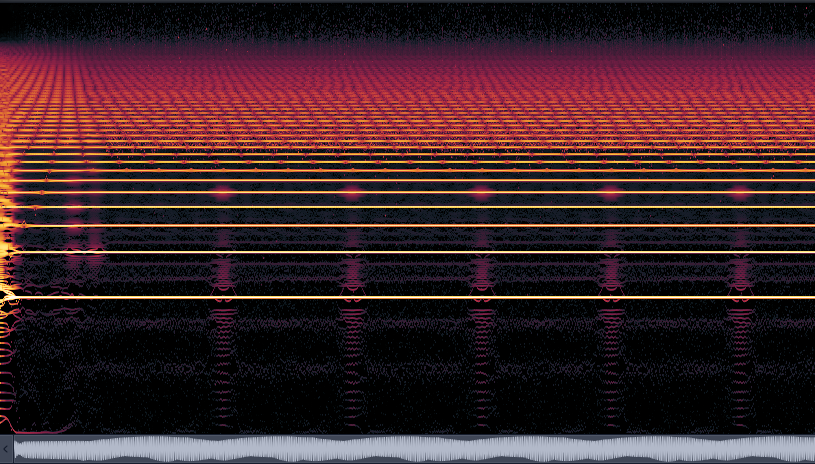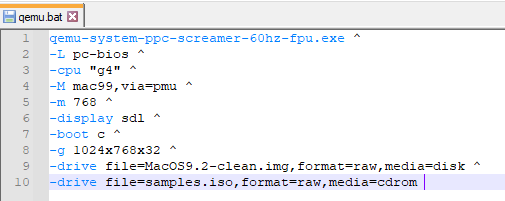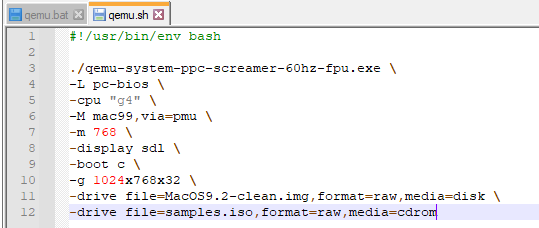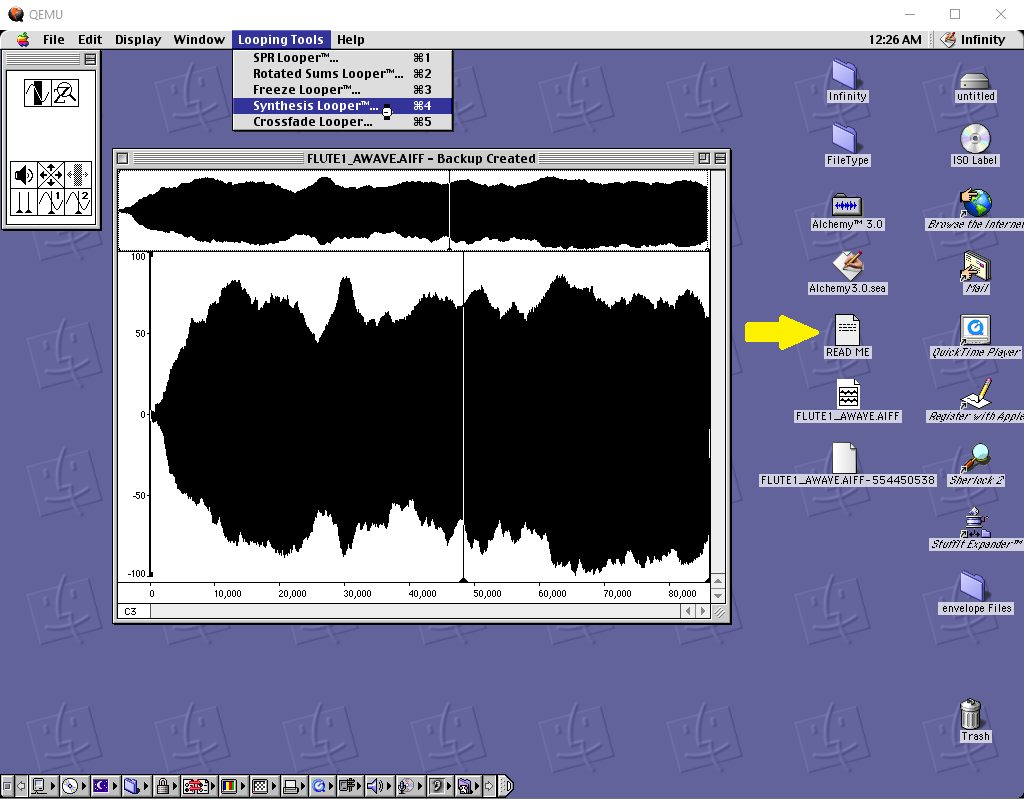ANTARES INFINITY: The (Almost) Lost Looping Tool
One day I extracted the samples of gm.dls (the default GM bank for Windows), and one of the samples got me my attention and it’s this Sawtooth sample:
Looks weird, right? It starts as a normal sawtooth and then suddenly it’s a weird smooth shape. This loop also has some static frequencies like the lower ones while the high frequencies are in constant movement if you see it in a spectrum.

My mind was like “how they do this? This is not possible with a simple crossfade”, and I notice other companies (Yamaha, Korg, to name a few) and sample library manufactures had the same behavior with some samples, so I started to make a research about the looping tools used by that time, which was around the 90s.
I remember Spectrasonics (founded by one of the most important people in Roland, Eric Persing) mentioned about a tool called “Infinity” in one of their libraries, which was Heart of Africa 1.

I google it and I ended up with a review from an old magazine, but with an antique version for Macintosh, I thought was a very old tool and hard to emulate, until I check a thread in a forum called Mac OS 9 Lives, and this is where I got the tool. http://macos9lives.com/smforum/index.php?topic=1635.0
I realize I need a Mac OS 9 machine, I tried with Sheepshaver but I couldn’t run it, so I had to use QEMU which fortunately, It worked. With trial and error I get it running, and finally, I found the exact tool used by these corporations! And you can use it with your own samples.
HOW TO RUN IT
1. A build of the QEMU fork with audio support:
https://gist.github.com/akemin-dayo/0e9bdcd74b2ad7f0bcf56e0680256103
The build I used for Windows is this one:
https://surfdrive.surf.nl/files/index.php/s/SS5gKHZrf1ykFuS/download
and for macOS users:
https://surfdrive.surf.nl/files/index.php/s/00rRe6m1a3K44BK/download
2. Mac OS 9.2.1 hard disk image with Antares Infinity
This is provided by myself (2GB .img Download from MEGA), inside of this hard disk includes a READ ME with instructions and indications. The way to configure it is with a bash/batch file, since QEMU is executed via command lines.
For Windows, you can create a bat file like this:

samples.iso are the AIFF sample files you are going to import from your computer to Mac OS 9 stored as a ISO file. You can delete that line if you want to run only the hard disk.
For Bash (macOS/Linux):

Replace .exe with whatever executable you're using for your OS.
This batch/bash file must be in the same folder as the executable.
3. AIFF files with sample loop and sample root key information
This can be done with Awave Studio if you want to convert it from WAV to AIFF. I didn't found free alternatives for this task unfortunately (only converts from WAV to AIFF without loop/root key information)
4. Folder to ISO converter
There’s several ways to do this, use the one you find more comfortable. With this you create a ISO file which includes the AIFF samples you want to import to Mac OS 9.
5. HFSExplorer
https://www.catacombae.org/hfsexplorer/ This is for exploring the Mac OS 9 hard disk and extract your AIFF samples made with Infinity to use them in a modern DAW or sampler.
Now you try!
I recommend to read the manual since it explains everything very well. But soon I will make articles making my own explanations and examples using the tools provided by Infinity.
Hope you enjoy this tool, see you later!

